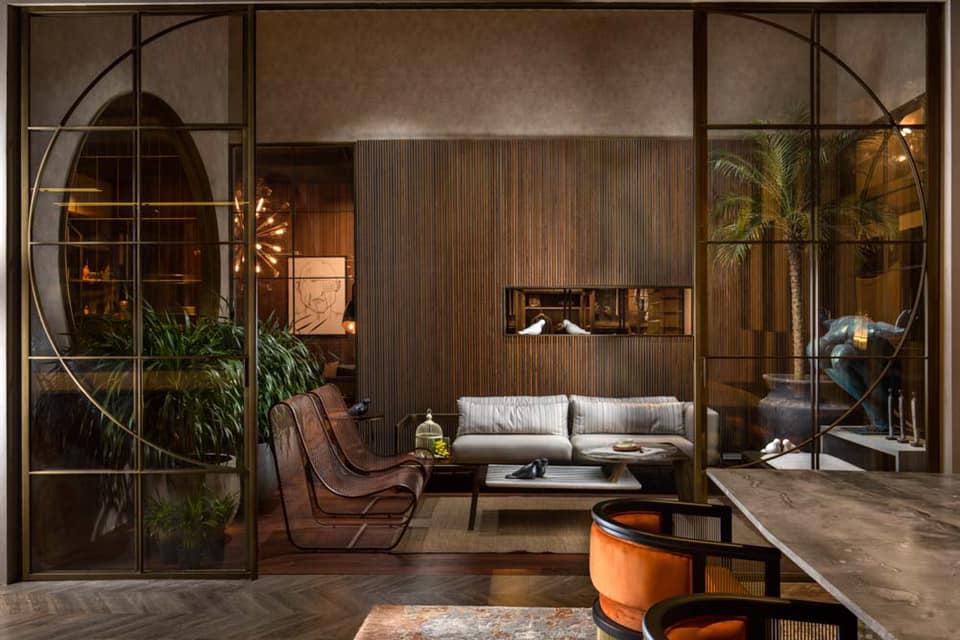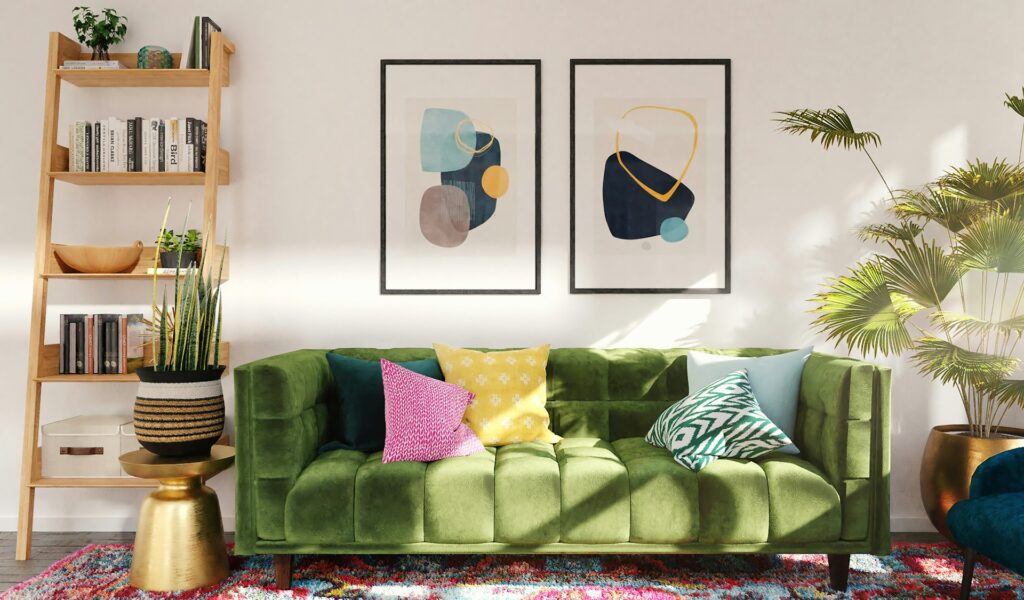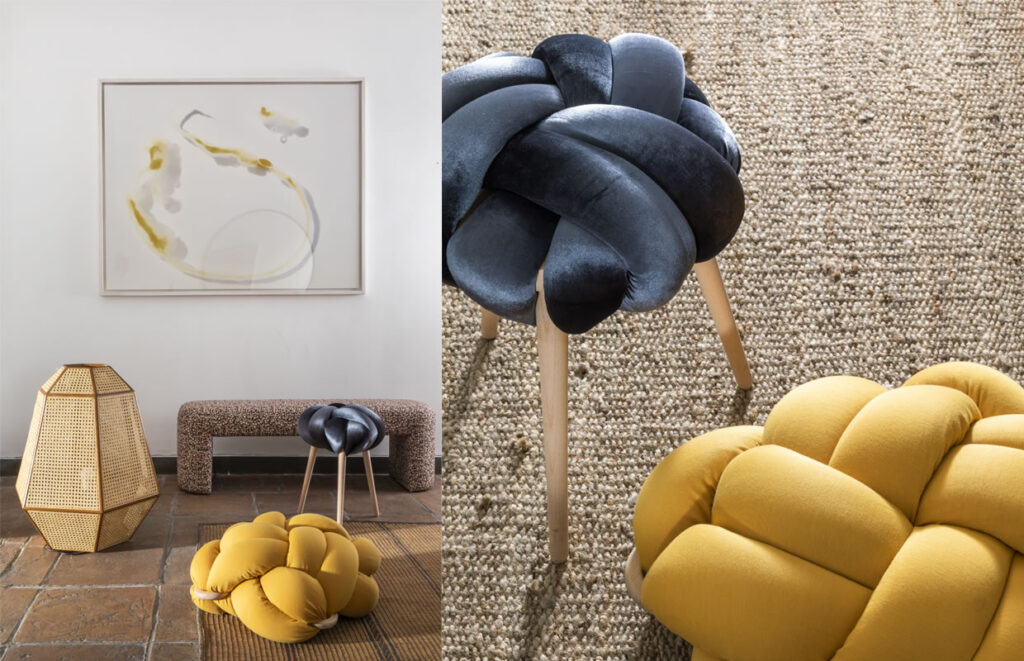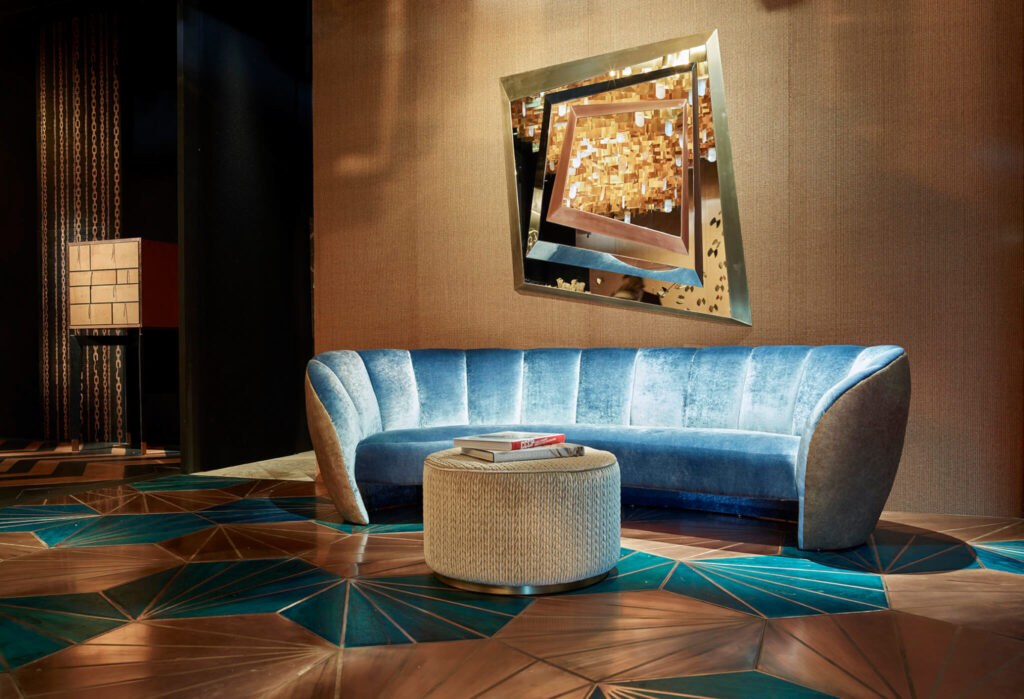Best Architects & Interior Designers in Chandigarh,Mohali
Our Customers Are The Most Important Element In The Design Process We Listen ,Observe ,Interpret And Deliver. Most Reputed Interior Designers in Chandigarh .
Wren Square is highly regarded for its architectural and interior design services and solution in Chandigarh and Mohali. Wren Square offer a comprehensive range of design solutions tailored to both residential and commercial spaces. In the realm of interior design, architecture serves as the main foundation upon which every design decision is built. Wren square see architecture as more than just structural design; it’s a language that communicates with the inhabitants, shaping their experiences and interactions within the built environment and surroundings . They believe that architecture should evoke emotions, tell stories, and resonate with the occupants on a deeper level. Designers recognize that every individual is unique, with their own tastes, preferences, and lifestyle habits. As such, they tailor their designs to reflect the personality and needs of the inhabitants, creating spaces that feel truly personalized , inviting and welcoming .



Wren Square aims to be a flagship commercial development that blends functionality with cutting-edge design. Architects in Chandigarh and interior designers in Chandigarh for such a project need to have a keen eye for detail and a deep understanding of modern commercial trends. Architects will focus on creating a unique and functional layout that maximizes space and ensures efficient flow.

Interior Decorators in Chandigarh
Wren Square is a reputable interior decorating and Architectural firm based in Chandigarh and Mohali known for its exquisite designs and attention to detail. We are Specializing in creating elegant and functional spaces, Wren Square caters to both residential and commercial clients, offering a wide range of services to meet their diverse needs.
Whether you’re looking to revamp your home Interior with a modern touch or seeking to transform your office space Interior Design into a professional haven, Wren Square’s team of skilled designers is dedicated to bringing your vision to life. We ensure From Initial conceptualization to execution, they work closely with clients to understand their preferences, lifestyle, need and requirements, ensuring that every project reflects their unique personality and style.
Wren Square takes pride in using high-quality materials ,innovative ideas and techniques to deliver exceptional results that exceed expectations. The design portfolio showcases a diverse range of projects, from contemporary minimalist designs to luxurious and opulent interiors, demonstrating their versatility and creativity.

Budget Interior Designers in Chandigarh
Wren Square’s approach revolves around maximizing the potential of your living and working space. Wren Square team starts by listening attentively to your needs, requirement and preferences, ensuring that every design decision aligns with your vision and budgetary considerations. By leveraging expertise and industry connections, We source cost-effective yet high-quality materials, furnishings, and decor elements, ensuring that every aspect of your interior design project stays within budget.
What sets Wren Square apart is their ability to create luxurious Interior Design and stylish interiors without the hefty price tag. They excel in optimizing space utilization and integrating multifunctional furniture in Design to make the most of every square foot. Whether it’s selecting affordable yet durable flooring options, choosing budget-friendly paint colors, or incorporating economical lighting fixtures, they meticulously plan every aspect of the design to achieve maximum impact within your budget constraints.

Wren Square Interior designers in Chandigarh offer a variety of services acclimatized to meet the specific requirements of their guests across different types of spaces.
House Design Space Planning Interior designers in Chandigarh assess the layout and confines of the house to optimize functionality and inflow, icing that each room serves its willed purpose efficiently. Concept Development Contrivers work with guests to develop a conception or theme for the house, incorporating the customer’s preferences, life, and design pretensions into the overall design scheme.
Interior Decoration From opting makeup colors and homestretches to choosing cabinetwork, lighting, and accessories, interior designers curate every aspect of the interior space to produce a cohesive and inviting terrain.
Restaurants Designing a eatery in Wren Square would bear blending literal charm with ultramodern convenience. Given the area’s likely aesthetic, a blend of rustic fineness and contemporary faculty could be relatively charming. Atmosphere Creation Interior designers in Chandigarh concentrate on creating a drinking and inviting atmosphere that reflects the eatery’s brand identity and resonates with its target clientele.
Modular Kitchen Design Designing a modular kitchen for Wren Square involves combining functionality with the charm of the major surroundings. Space Optimization Interior contrivers in Chandigarh maximize the functionality and effectiveness of the kitchen layout by exercising modular cabinetry, storehouse results, and ergonomic design principles.
Office Interior Design Designing an office innards is further than just arranging cabinetwork and adding a splash of color; it’s about creating a space that fosters productivity, creativity, and well- being among workers.
House Interior Design Designing the interior of a home is an occasion to produce a space that reflects your personality, life, and aesthetic preferences. Whether you prefer a cozy cabin sense, a minimalist ultramodern look.
living room design Designing a living room is about creating a space that balances comfort, functionality, and style. It’s the heart of the home, where you relax, entertain guests, and spend quality time with loved bones
. Bedroom interior design Designing a bedroom is an occasion to produce a serene and comfortable retreat where you can decompress, relax, and rejuvenate. Whether your style is ultramodern, traditional, or miscellaneous.
Home Decor Wren Square is a style of home scenery that embraces clean lines, geometric shapes, and a minimalist aesthetic. It draws alleviation from ultramodern and Scandinavian design principles, fastening on simplicity, functionality, and fineness.
Interior philosophy refers to the underlying principles and beliefs that guide the design decisions made by interior designers. It encompasses the designer’s approach to creating spaces that are not only aesthetically pleasing but also functional, comfortable, and in harmony with the people who use them.
Interior philosophy can vary greatly among designers and firms. Some may prioritize sustainability, using eco-friendly materials and designs to minimize environmental impact. Others may focus on creating spaces that promote well-being, incorporating elements that enhance mental and physical health.
Ultimately, interior philosophy shapes how designers conceptualize and execute their projects, influencing everything from color schemes and furniture choices to lighting and spatial arrangements. By understanding a designer’s interior philosophy, clients can better align their vision with the designer’s approach, leading to more successful and fulfilling design outcomes.
What we do
Services
01.
Interior Design
Wren Square Interior contrivers offer a wide range of Interior Design services and result aimed at creating functional, aesthetically pleasing, Usable and individualized spaces for their guests. Then are some of the crucial services that interior contrivers generally offer. Space Planning Interior contrivers assess the layout and confines of a space to optimize functionality and inflow. Wren Square determine the stylish placement of cabinetwork, institutions, and other rudiments to maximize usability and comfort. Interior Decoration Interior contrivers curate and elect furnishings, accessories, artwork, and ornamental rudiments to enhance the aesthetic appeal of the space. Material Selection Contrivers help guests in choosing applicable accoutrements for flooring, walls, countertops, and other shells grounded on factors similar as continuity, conservation conditions, and aesthetic preferences. Custom Furniture Design For guests seeking unique and individualized results, interior contrivers offer custom cabinetwork design services.
02.
Design & Build
Wren Square primary focus is on the interior aspects of a design, including space planning, cabinetwork selection, colour schemes, lighting design, and ornamental rudiments. Then are some crucial aspects of interior contrivers Design moxie Interior contrivers have moxie in design principles, aesthetics, and spatial planning. Creative Vision Interior contrivers bring creative vision and cultural faculty to their systems, frequently drawing alleviation from colorful sources similar as armature, art, fashion, and artistic trends. Collaboration Interior contrivers unite with engineers, contractors, crafters, and other professionals involved in the design to insure that the design vision is realized. They act as connections between the customer and the design platoon, overseeing the design process from conception to completion. They aim to produce spaces that not only look beautiful but also meet the practical conditions and life of the inhabitants.
03.
Procurement
Interior contrivers are creative professionals who specialize in designing functional and aesthetically pleasing spaces for their guests. Then are some crucial aspects of interior contrivers Design moxie Interior contrivers have moxie in design principles, colour proposition, spatial planning, and aesthetics. They present these generalities to guests for feedback and refinement before pacing with the design development phase. They act as design directors, overseeing the design process from conception to completion and coordinating with the procurement platoon to source accoutrements and furnishings. Restaurant design As a technical field within interior design that focuses on creating functional, seductive, and inviting spaces for dining. Restaurant contrivers work nearly with possessors and cookers to produce surroundings that enhance the dining experience and reflect the eatery’s brand and conception.
Design a functional and stylish home office space that enhances productivity.

